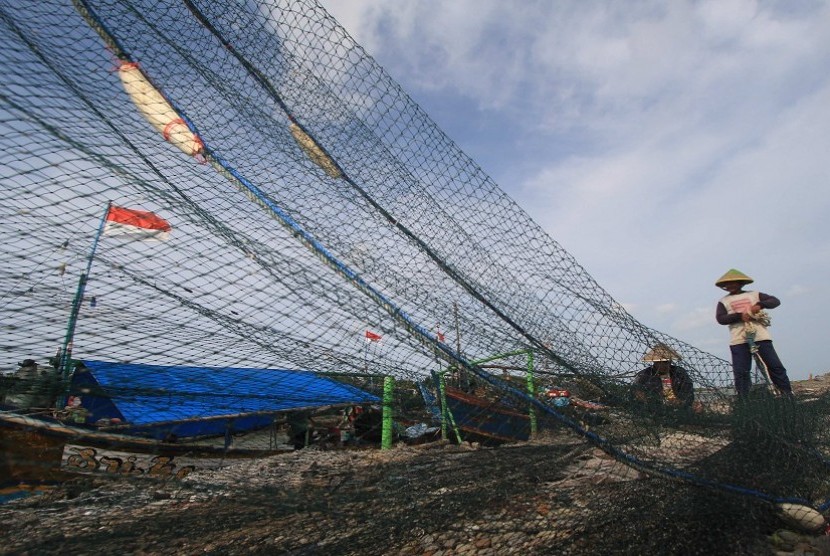REPUBLIKA.CO.ID, JAKARTA -- Minister of Fisheries and Maritime Affairs Susi Pudjiastuti reiterated here on Friday that trawls are banned since the fishing equipment is dragged across the seabed, thereby harming the marine ecosystem.
"We agree that the trawls are dragged across the seabed, and hence, they are destructive," she said in a written statement.
Pudjiastuti said the use of trawls, locally known as "cantrang," could damage the ecosystem, which is a habitat for the organisms that the fish feed on, and so, it could reduce the productivity of the seabed.
The minister pointed out that cantrang could also net several types of fish of varying sizes, and hence, its use runs counter to the principle of sustainability and the Indonesian fishery policy.
"Actually, several fishermen have already switched to using other equipment. Cantrang is no longer used by small fishermen, but big players and several of them also use gillnet and purse seine, and hence, its use is not yet over," she revealed.
To this end, the minister has called on the fishermen to prepare themselves better to adapt to using more environment-friendly equipment.
Sjarief Widjaja, the director general of catch fishery, said that the ban on fishing equipment that is not environment-friendly had actually been issued during the government of the late former president Soeharto through Decree No. 39 of 1980.
As a result, fishermen then sought replacements leading to the use of cantrang.
Also read: President vows to find solution to trawl ban
"Initially, cantrang was an environment-friendly fishing equipment, but it was later modified. The permitted cantrang does not use a weight and is not long and is pulled manually. Cantrangs now have nets measuring as long as ten to hundred kilometers, and weights are attached on the lower edges and are pulled using engine power. It is no longer environment friendly," he explained.
Widjaja remarked that cantrang is generally used by large ships measuring above 30 gross tons (GT).
In 2015, as many as 5,781 cantrangs were being operated across Indonesia. The fisheries and maritime affairs ministry had later replaced 1,529 of them with more environment-friendly equipment, and the process to replace the rest is still ongoing.
Widjaja revealed that the government had not only banned but had also offered solutions, such as providing ships below 10 GT and replacing the fishermen's fishing equipment, with the expenses being borne by it.
With regard to the procurement of ships weighing 10-30 GT, the government is assisting by providing the facility of financing by banks, while for ships above 30 GT, it is providing fishery management region zones in the east and west -- Arafura and Natuna waters -- that were frequented by foreign ships.
Minister Pudjiastuti added that the government had offered a grace period of two years to the fishermen to switch over, which they should have utilized well.


